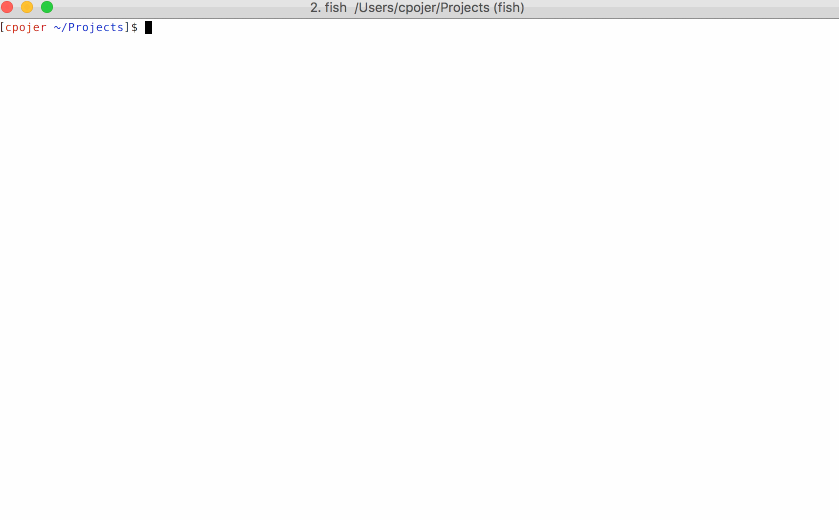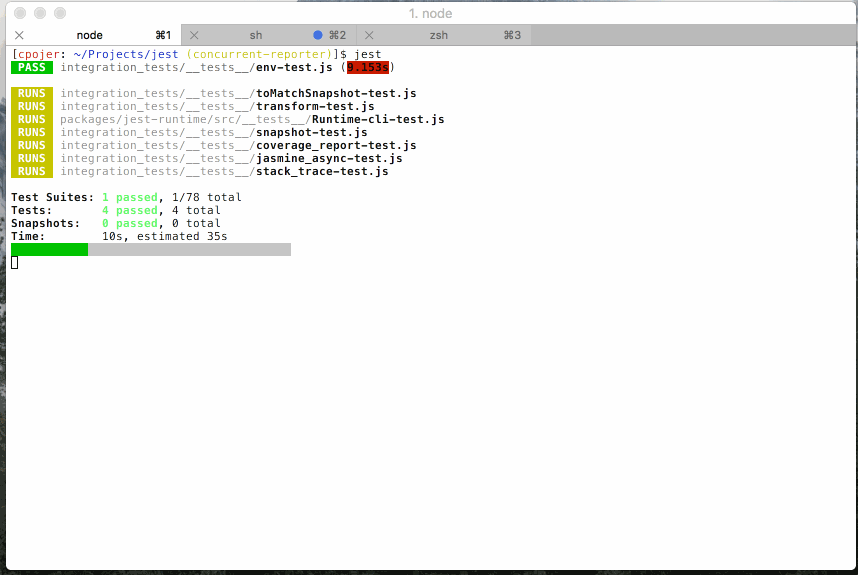Nous croyons fermement que la grande documentation est cruciale pour fournir une grande expérience de développeur. Les docs doivent être clairs, concis, et utiles pour les nouveaux utilisateurs et les vétérans. Dans cet esprit, nous avons récemment pris un certain temps pour réviser le site Web de Jest.
Docs améliorés
Une des modifications que vous remarquerez lors de la visite de notre documentation est la barre latérale mise à jour. La documentation est maintenant divisée en trois domaines principaux : une introduction à Jest, des guides détaillés sur les fonctionnalités de Jest et une référence complète à l'API.
La section Introduction vous guidera depuis l'installation de Jest et l'écriture de votre premier cas, jusqu'à l'utilisation des matchers de Jest et le test du code asynchrone. Si vous êtes nouveau chez Jest ou si vous avez besoin d'une mise à jour rapide, ces docs devraient vous aider à accélérer en un rien de temps. Si vous avez déjà utilisé Jest et que vous n'avez besoin que d'une référence rapide sur la façon dont il est installé, vous ne devez pas aller plus loin que le guide Pour commencer.
Une fois que vous vous sentez à l'aise en utilisant Jest, passez à la section avancée Guides. Le nouveau Guide de test d'instantané couvre tout ce que vous devez savoir sur la création et la maintenance de cas de tests instantanés.
Enfin, nous avons complètement remanié notre documentation de référence de l'API. Vous pouvez maintenant trouver des informations détaillées sur tous les Globalsde Jest, correspondants, et chaque drapeau supporté par jest CLI.





